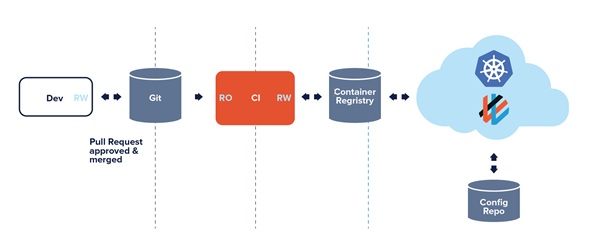Methods Of Linear Regression
In statistics, linear regression is a linear approach for modelling the relationship between a scalar response and one or more explanatory variables (also known as dependent and independent variables). The case of one explanatory variable is called simple linear regression; for more than one, the process is called multiple linear regression.
Simple Linear Regression
Simple linear regression is the most straight forward case having a single scalar predictor variable x and a single scalar response variable y. The equation for this regression is given as y=a+bx.The expansion [1] to multiple and vector-valued predictor variables is known as multiple linear regression. It is also known as multivariable linear regression. The equation for this regression is given as Y = a+bX.Almost all real-world regression patterns include multiple predictors. The basic explanations of linear regression are often explained in terms of multiple regression. Note that, in these cases, the dependent variable y is yet a scalar.
The most popular method to fit a regression line in the XY plot is found by using least-squares. This process is used to determine the best-fitting line for the given data by reducing the sum of the squares of the vertical deviations from each data point to the line. If a point rests on the fitted line accurately, then the value of its perpendicular deviation is 0. It is 0 because the variations are first squared, then added, so their positive and negative values will not be cancelled.
Properties of Linear Regression
For the regression line where the regression parameters b00and b11are defined, the following properties are applicable:
- The regression line reduces the sum of squared differences between observed values and predicted values.
- The regression line passes through the mean of X and Y variable values.
- he regression constant b00 is equal to the y-intercept of the linear regression.
- The regression coefficient b11 is the slope of the regression line. Its value is equal to the average change in the dependent variable (Y) for a unit change in the independent variable (X)
Linear regression is an algorithm used to predict, or visualize, a relationship between two different features/variables. In linear regression tasks, there are two kinds of variables being examined: the dependent variable and the independent variable. The independent variable is the variable that stands by itself [2], not impacted by the other variable. As the independent variable is adjusted, the levels of the dependent variable will fluctuate. The dependent variable is the variable that is being studied, and it is what the regression model solves for/attempts to predict. In linear regression tasks, every observation/instance is comprised of both the dependent variable value and the independent variable value Figure 1 shown below.

Figure 1. Linear Regression
Examples of linear regression:
- Prediction of Umbrella sold based on the Rain happened in Area.
- Prediction of AC sold based [3] on the Temperature in Summer.
- During the exam season, sales of Stationary basically, Exam guide sales increased.
- Prediction of sales when Advertising has done based on High TRP serial where an advertisement is done
References:
- https://www.vedantu.com/maths/linear-regression
- https://en.wikipedia.org/wiki/Linear_regression
- www.wallstreetmojo.com/linear-regression-examples
Cite this article:
S. Nandhinidwaraka (2021), Methods of Linear Regression, AnaTechMaz, pp. 13















